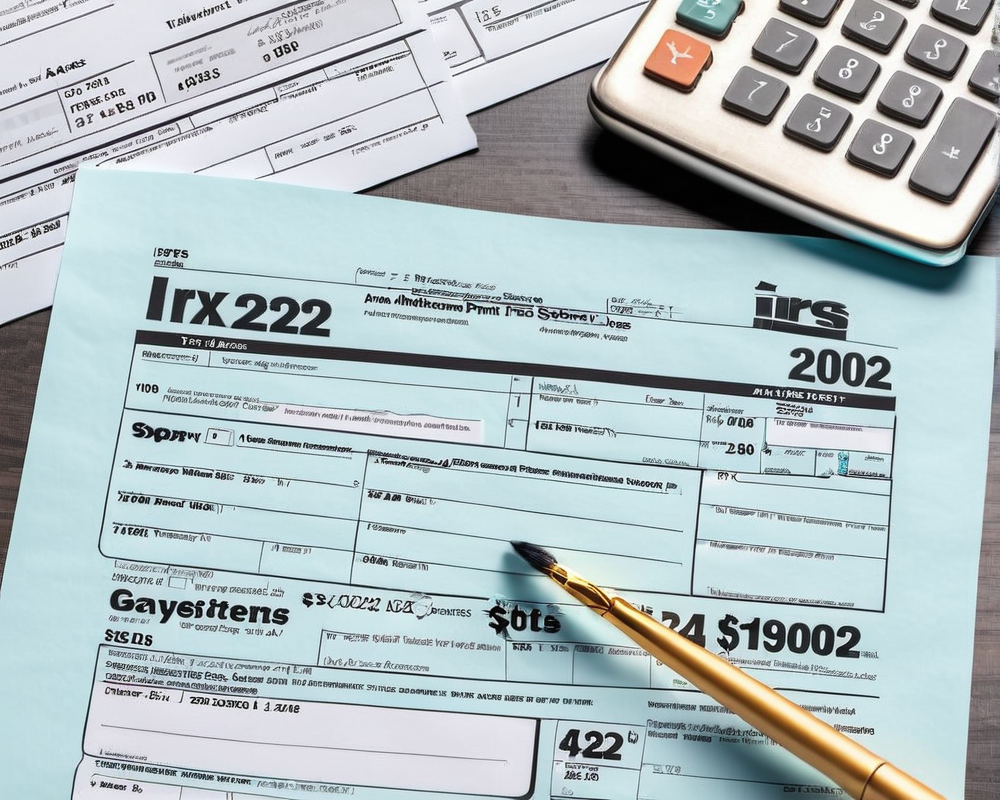Introduction: The Evolution of Tax Reporting for Digital Assets
American taxpayers will encounter a significant change in the 2022 IRS tax forms with the introduction of a well-defined category for cryptocurrencies and nonfungible tokens (NFTs) under the heading of Digital Assets. This evolution reflects the growing recognition of digital currencies and their increasing integration into everyday financial transactions.
Defining Digital Assets
The draft bill released by the Internal Revenue Service classifies Digital Assets as any digital representation of value recorded on a “cryptographically secured distributed ledger or any similar technology.” This definition marks a notable shift from the previous year’s tax forms, which only required taxpayers to indicate their involvement in “virtual currency” transactions.
Mandatory Disclosure for Taxpayers
Taxpayers must now answer the Digital Assets question on Form 1040 or 1040-SR, regardless of whether they engaged in transactions throughout the tax year. Various situations necessitate a “yes” response, including:
- Receiving digital assets as a reward, payment, or for services rendered.
- Selling, exchanging, gifting, or disposing of digital assets during the year.
- Mining or staking digital assets.
- Exchanging or trading digital assets for goods or services.
Ownership and Financial Interest
The IRS draft details that individuals have a financial interest in a digital asset if they are the recorded owner or hold an ownership stake in any entitled accounts or wallets. This includes the right to acquire financial interests, which underscores the importance of accurately reporting digital asset holdings.
Conditions Exempt from Reporting
Not all situations require taxpayers to check “yes” on their forms. The following conditions indicate exemptions from reporting:
- Holding a digital asset in a wallet or account.
- Transferring digital assets between personal wallets or accounts.
- Acquiring digital assets using U.S. dollars or fiat currencies via platforms like PayPal.
Classifying Digital Asset Transactions
Transactions involving digital assets will need to be categorized appropriately on the taxpayer’s return. If an individual disposed of a capital asset classified as a digital asset, they must calculate their capital gain or loss and report this on Schedule D. Conversely, if digital assets are received as payment for services or sold in the course of business, this income must be reported in the relevant income section of the tax return.
Conclusion: Preparation for Tax Season
The inclusion of a Digital Assets section in the 2022 tax forms signals a significant step towards fostering transparency and compliance within the cryptocurrency sphere. As digital assets continue to evolve in prominence and adoption, American taxpayers must prepare to navigate these new requirements. Understanding the obligations for reporting and the implications of digital asset transactions will be essential for a successful filing this tax season.




